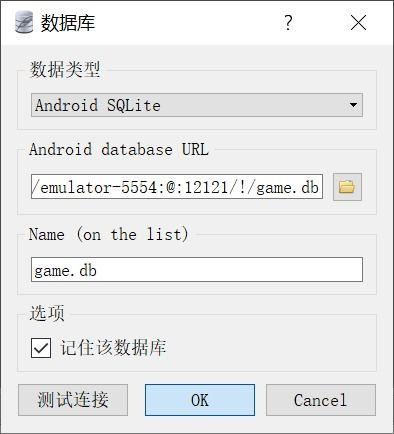ASP.NET MVC 如何高效绑定数据库表数据
ASP.NET MVC是微软推出的一种基于模型-视图-控制器(MVC)架构的 Web 应用程序框架。它提供了一种更加灵活和可扩展的方式来构建 Web 应用程序。在使用 ASP.NET MVC 开发 Web 应用程序时,开发人员经常需要将数据库表中的数据绑定到视图中,以便在页面上显示和操作这些数据。本文将为您详细介绍如何在 ASP.NET MVC 中高效地绑定数据库表数据。
1. 创建数据模型
首先,我们需要创建一个数据模型来表示数据库表中的数据。在 ASP.NET MVC 中,我们通常使用 Entity Framework 来创建数据模型。Entity Framework 是一个对象关系映射(ORM)框架,它可以帮助我们将数据库表映射到 C# 类中。下面是一个示例数据模型类:
public class Product
{
public int Id { get; set; }
public string Name { get; set; }
public decimal Price { get; set; }
public int CategoryId { get; set; }
public Category Category { get; set; }
}
public class Category
{
public int Id { get; set; }
public string Name { get; set; }
public ICollection<Product> Products { get; set; }
}
2. 在控制器中绑定数据
在控制器中,我们可以使用 DbContext 类从数据库中查询数据,并将其绑定到视图中。下面是一个示例控制器操作方法:
public class ProductController : Controller
{
private readonly AppDbContext _dbContext;
public ProductController(AppDbContext dbContext)
{
_dbContext = dbContext;
}
public ActionResult Index()
{
var products = _dbContext.Products.Include(p => p.Category).ToList();
return View(products);
}
}
3. 在视图中显示数据
在视图中,我们可以使用 Html.DisplayFor 和 Html.EditorFor 帮助方法来显示和编辑数据。下面是一个示例视图:
@model IEnumerable<Product>
<table>
<thead>
<tr>
<th>@Html.DisplayNameFor(model => model.Id)</th>
<th>@Html.DisplayNameFor(model => model.Name)</th>
<th>@Html.DisplayNameFor(model => model.Price)</th>
<th>@Html.DisplayNameFor(model => model.Category.Name)</th>
</tr>
</thead>
<tbody>
@foreach (var item in Model)
{
<tr>
<td>@Html.DisplayFor(modelItem => item.Id)</td>
<td>@Html





